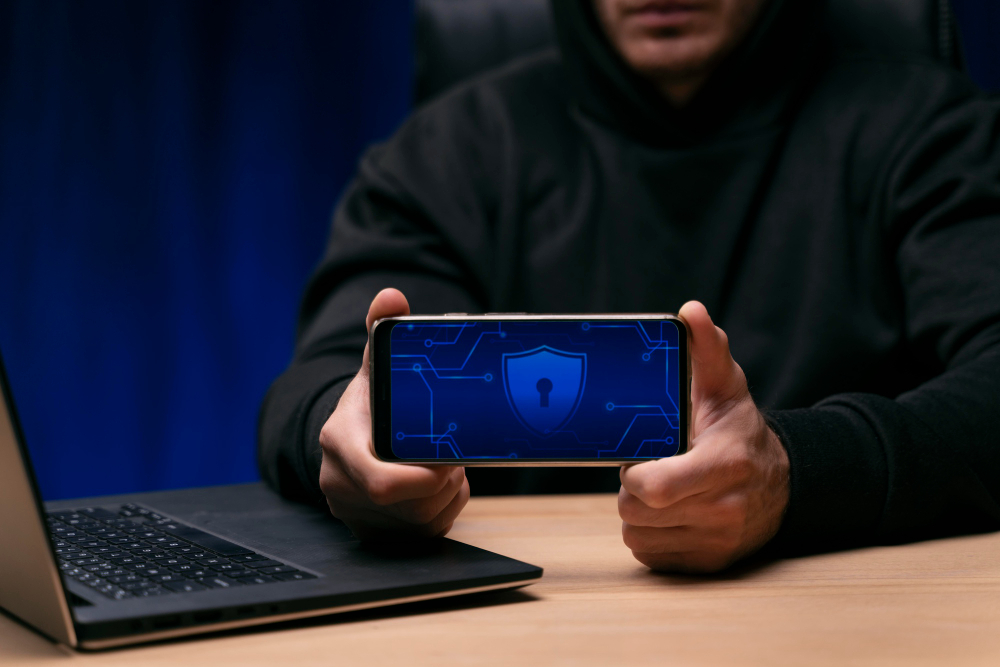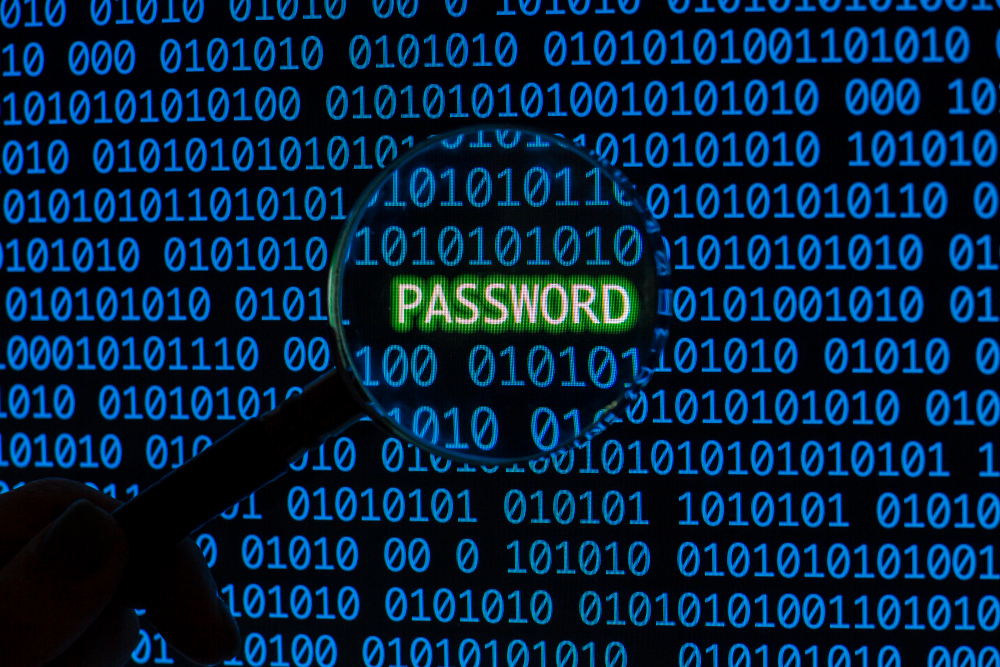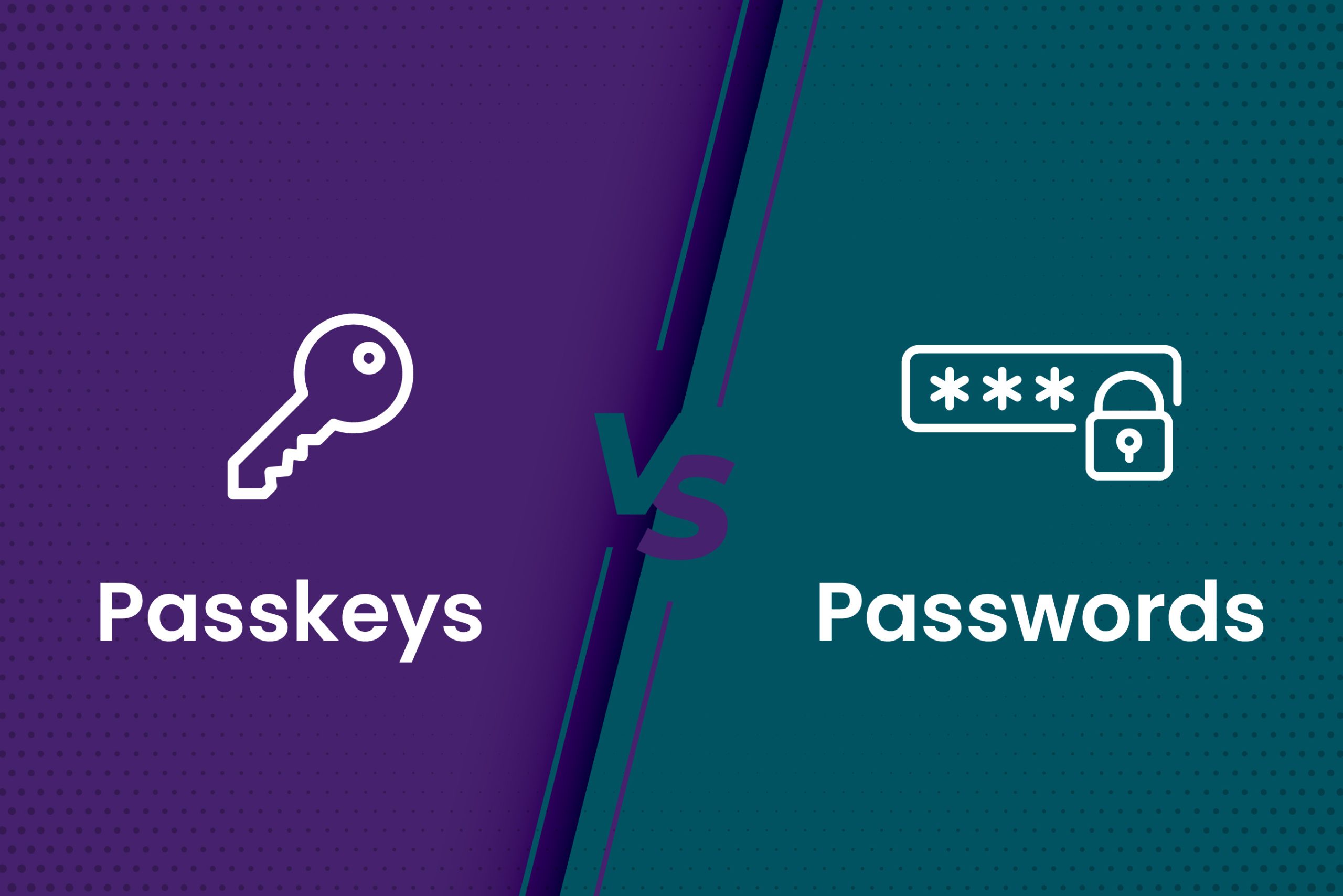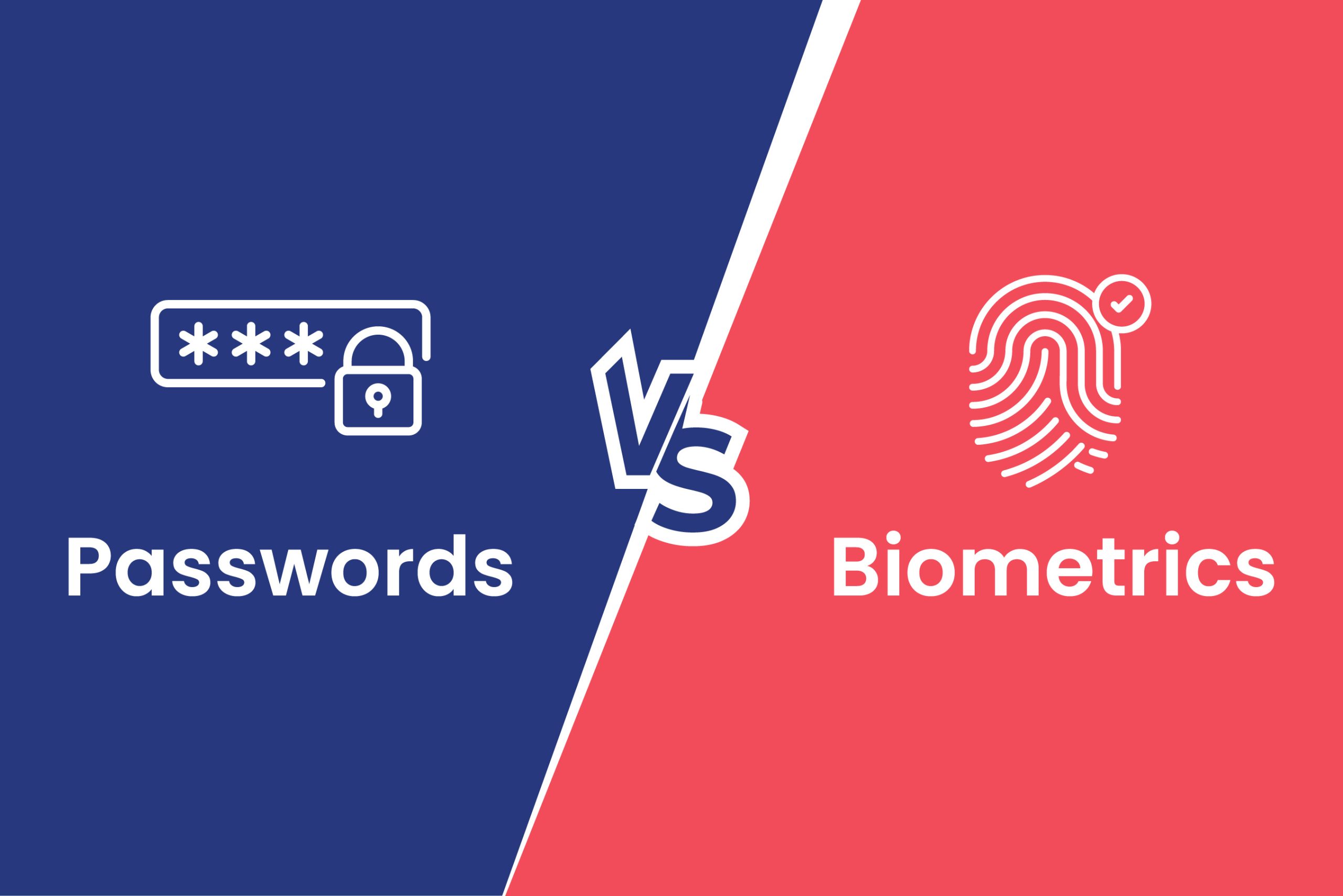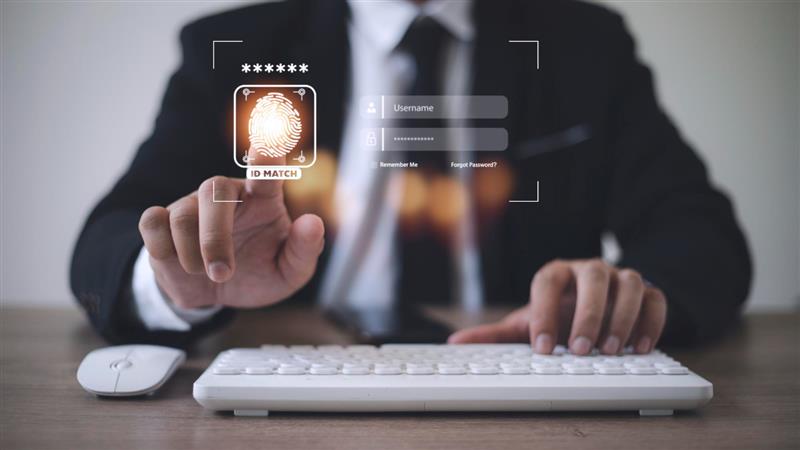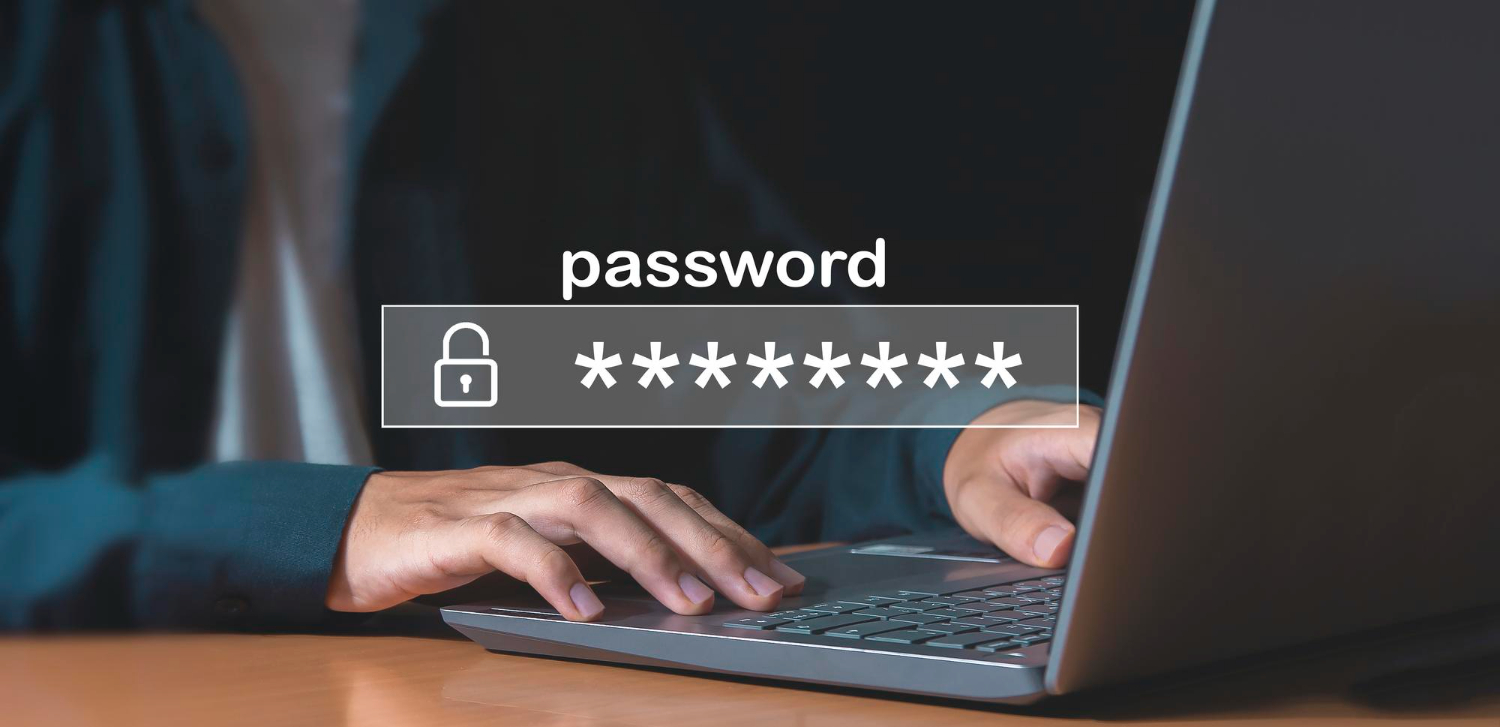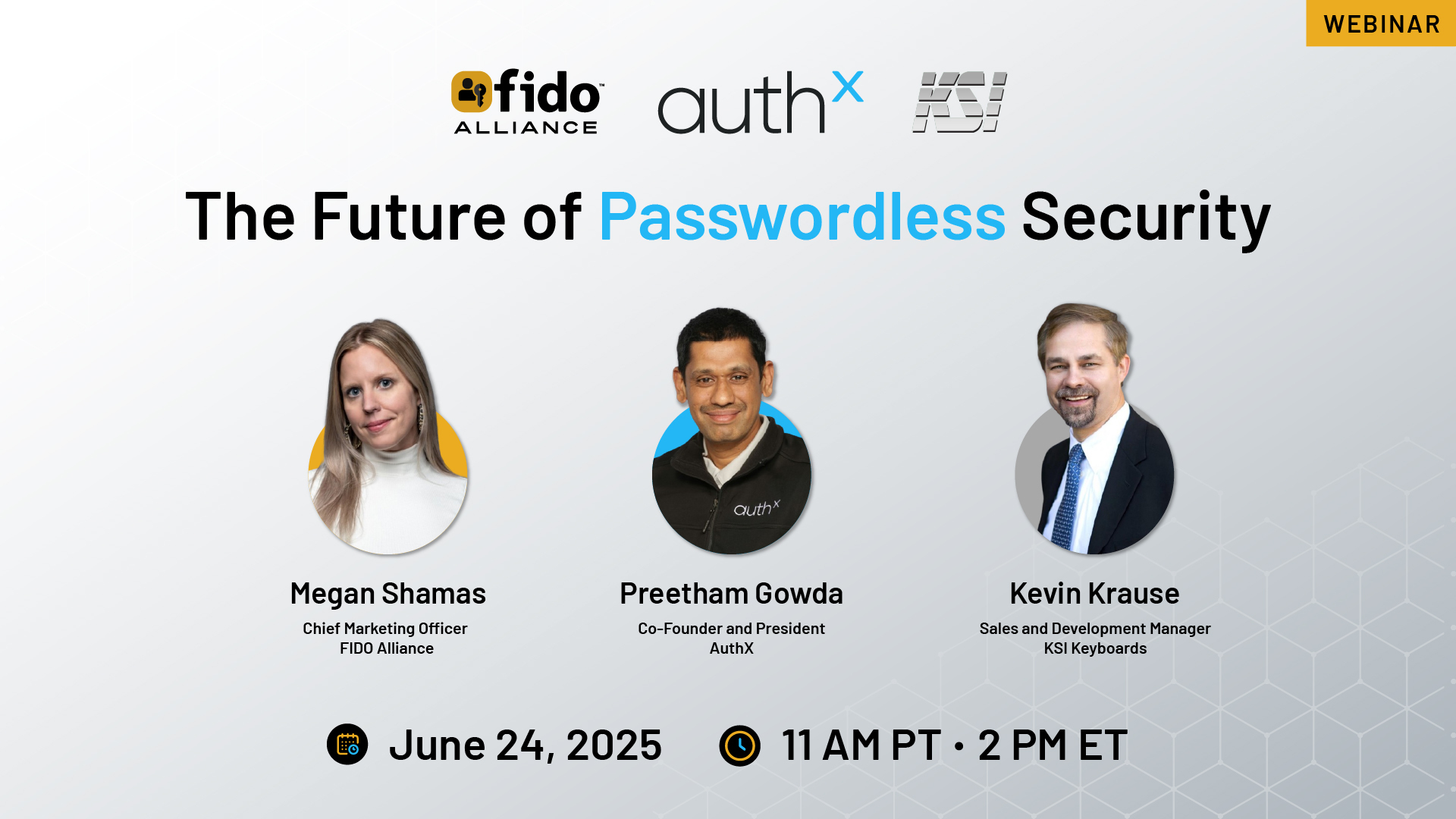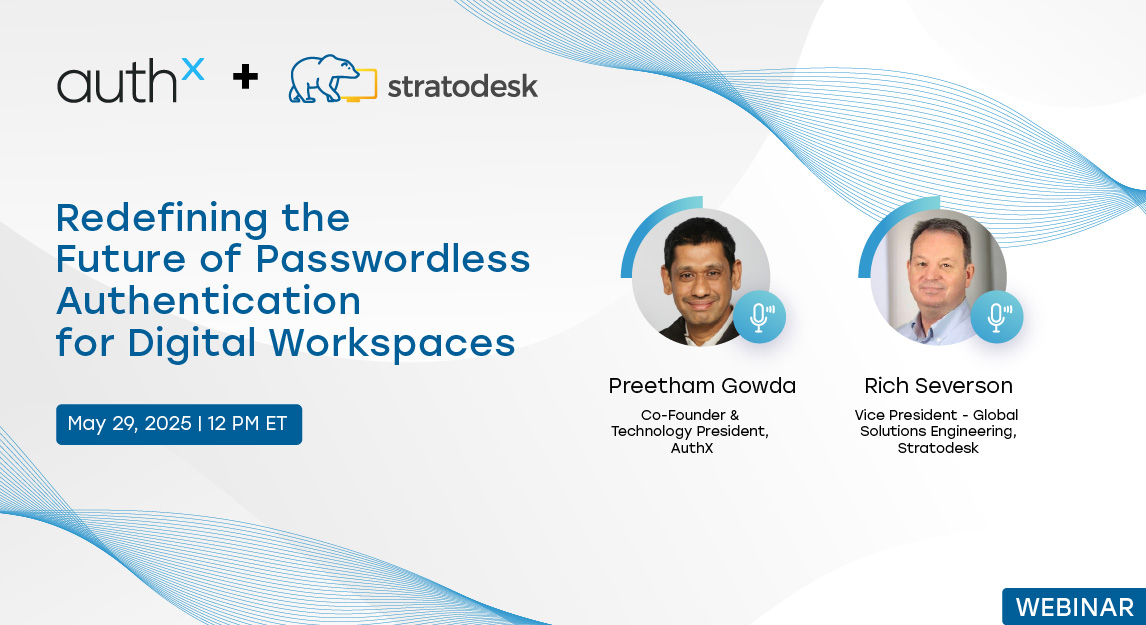Most people assume cyberattacks require sophisticated hacking techniques, but sometimes, criminals don’t need to break in; they just need to replay what’s already there. That’s exactly how replay attacks work. They don’t rely on brute force or malware. Instead, they exploit weaknesses in authentication and communication protocols by capturing valid data and resending it to trick systems into granting unauthorized access.
Security teams often state, “Our authentication is strong, attackers can’t get past MFA.” Replay attacks, on the contrary, bypass robust authentication mechanism by using previously approved data, making them particularly dangerous. With cybercriminals continually looking for ways to exploit security flaws, organizations must understand how these attacks work and what they can do to prevent them.
These figures highlight a crucial problem: stringent security protocols can result in risky workarounds compromising security and efficiency. Organizations can no longer afford to compromise on productivity and security. Achieving a balance between security measures that safeguard data and systems without annoying users is crucial. This blog post will explore seven actionable strategies for enhancing security without sacrificing productivity or user experience
How Do Replay Attacks Work?
Replay attacks are surprisingly simple:
Interception: Capturing Legitimate Network Traffic
The first step in a replay attack is data interception. Attackers use tools like packet sniffers to capture network traffic containing sensitive data, such as login requests, transaction confirmations, or access tokens.
Re-transmission: Exploiting Captured Data
Once the attacker has captured the data, re-transmitting it is following. When the system receives a valid request, it usually handles it without considering where it came from. This could be carrying out a directive, allowing access to a secure account, or authorizing a financial transaction.
Without sufficient security protections such as session validation or unique request identifiers, the system accepts replayed data as legitimate, allowing attackers to exploit it with little effort.
Unauthorized Access: The Consequences
Unauthorized access results from the replayed request being allowed if the system is not properly protected. Hackers can impersonate authorized users, transfer funds, and alter sensitive data without requiring passwords or breaching encryption.
The worst part? The attack doesn’t even require advanced hacking skills. Cybercriminals can use tools like packet sniffers to capture data from unsecured networks, and in some cases, they don’t even need to decrypt the data—they replay it as is.
Types of Replay Attacks
Not all replay attacks work the same way. They can target different types of communication and authentication methods:
1. Session Replay Attacks
How it works: Attackers take control of a user’s session by stealing cookies or session tokens.
Impact: Without a password or MFA, the attacker can impersonate the identity of a user.
Real-world example: A hacker obtains sensitive data by reusing an authentication token that was intercepted by an employee entering an SSO platform.
2. Credential Replay Attacks
How it works: Cybercriminals steal and misuse login credentials, which they commonly obtain through phishing or malware.
Impact: Data breaches or financial fraud result from unauthorized access to accounts.
Real-world example: Attackers utilize stolen username/password pairs from a hacked database to gain access to business accounts.
3. Transaction Replay Attacks
How it works: To make unauthorized payments, attackers capture bank transactions and resend them.
Impact: If fraudulent transactions are not sufficiently monitored, they may go undetected.
Real-world example: A hacker drains the victim’s bank account by intercepting a payment request and replaying it several times.
4. Command Replay Attacks (IoT & Industrial Systems)
How it works: Attackers capture and resend control commands to connected devices.
Impact: Cybercriminals can take control of IoT devices, smart locks, or industrial control systems.
Real-world example: An attacker captures a smart home’s door unlock signal and replays it to gain entry.
Why Are Replay Attacks Dangerous?
IT teams often say, “Our systems are encrypted, so we’re protected.” But encryption alone isn’t enough to stop replay attacks. Here’s why they’re so dangerous:
- They bypass authentication. Once an attacker replays an already-approved request, security checks like passwords and MFA become useless.
- They can be automated. Attackers can use scripts to replay captured data repeatedly, maximizing their chances of success.
- They exploit weak session management. If a system doesn’t use short-lived session tokens or timestamps, attackers can reuse stolen credentials indefinitely.
- They’re hard to detect. Since the attack uses legitimate credentials and communications, it often goes unnoticed until the damage is done.
Real-World Examples of Replay Attacks
Replay attacks aren’t just theoretical—they’ve led to significant security incidents:
1. Car Theft with Key Fob Replay Attacks
Attackers use radio-frequency devices to intercept key fob signals. They can unlock and start vehicles without the physical key by replaying these signals. This method has been widely used to steal luxury cars.
2. Banking Fraud Through Transaction Replays
Cybercriminals have exploited vulnerabilities in banking systems by capturing and replaying transaction requests. In some cases, they’ve been able to duplicate transactions to siphon funds from victims’ accounts.
3. Session Hijacking in Web Applications
Hackers utilized session cookies to pose as consumers on e-commerce and banking websites. They can transfer money, make purchases, or steal private data once they’re logged in.
How To Prevent Replay Attacks

The question “If MFA doesn’t stop replay attacks, what does?” is often asked by security teams. The answer: A layered security approach. Here are the best ways to defend against replay attacks:
1. Use Session Tokens with Short Expiry Times
Every session should have a unique token that expires quickly.
Even if an attacker captures the token, they won’t be able to reuse it once it expires.
2. Implement Timestamps & Nonces
A nonce (a unique number used once) prevents data from being reused.
Timestamps ensure that old messages can’t be replayed later.
3. Enforce Strong Encryption
Encrypt sensitive data during transmission (TLS, HTTPS).
But remember: Encryption alone doesn’t prevent replay attacks—it must be combined with other protections.
4. Adopt Challenge-Response Authentication
Instead of static credentials, systems should require users to prove their identity dynamically.
For example, challenge-response authentication can require a user to respond with a new input each time they log in.
5. Monitor for Anomalous Activity
Detect unusual login patterns, such as multiple logins from different locations.
Use adaptive authentication to challenge high-risk actions.
6. Secure Session Cookies
Mark cookies as HTTP Only and Secure to prevent theft through JavaScript attacks.
Implement Same Site cookies to prevent cross-site request forgery.
Final Takeaway
Organizations cannot afford to overlook replay attacks, which are becoming an increasingly serious cybersecurity concern. Advanced hacking tools are not necessary for attackers; they only need to intercept and transmit legitimate data. Due to this reason, conventional authentication techniques like MFA solutions and passwords are insufficient.
The best defense? A multi-layered security strategy includes short-lived session tokens, challenge-response authentication, timestamps, and strong encryption.
As security professionals, we can’t rely on outdated assumptions about authentication. One security leader recently put it perfectly: “If we assume MFA is enough, we’re already behind.”
It’s time to rethink our approach and build defenses that stop these attacks.
FAQs
How do replay attacks bypass authentication?
Replay attacks exploit the fact that some systems don’t verify whether a request has already been processed. By resending captured data, attackers trick the system into granting access without needing credentials.
Can encryption prevent replay attacks?
Encryption helps but isn’t foolproof. If an attacker captures encrypted data and the system doesn’t check for duplicate requests, they can still replay the encrypted message successfully.
Why are replay attacks so dangerous?
They require minimal technical skill and can compromise accounts, financial transactions, or even critical systems without breaking encryption or guessing passwords.
How can organizations protect against replay attacks?
Using timestamps, one-time passwords (OTPs), and session tokens ensures that intercepted data can’t be reused, preventing attackers from exploiting the system.




